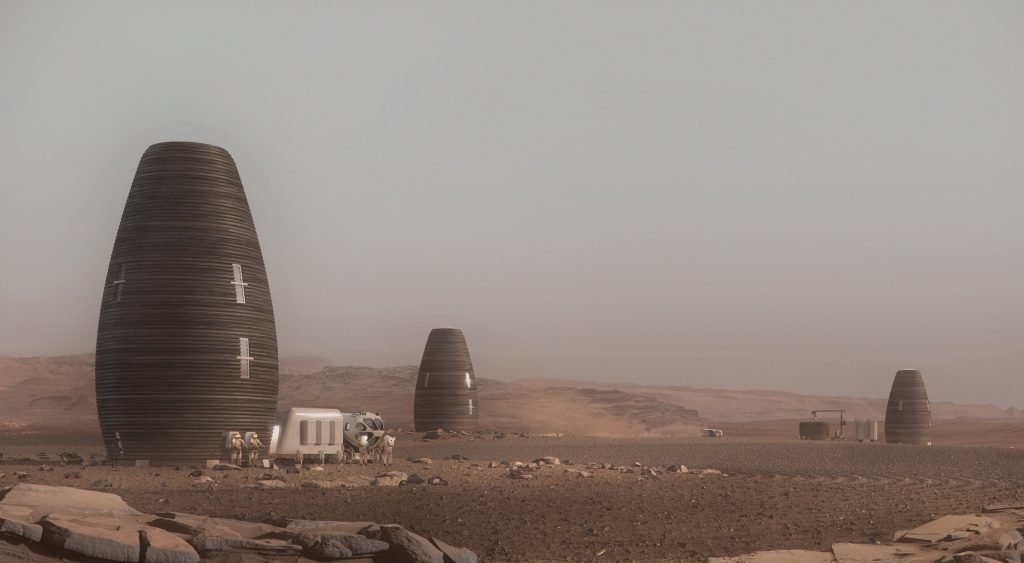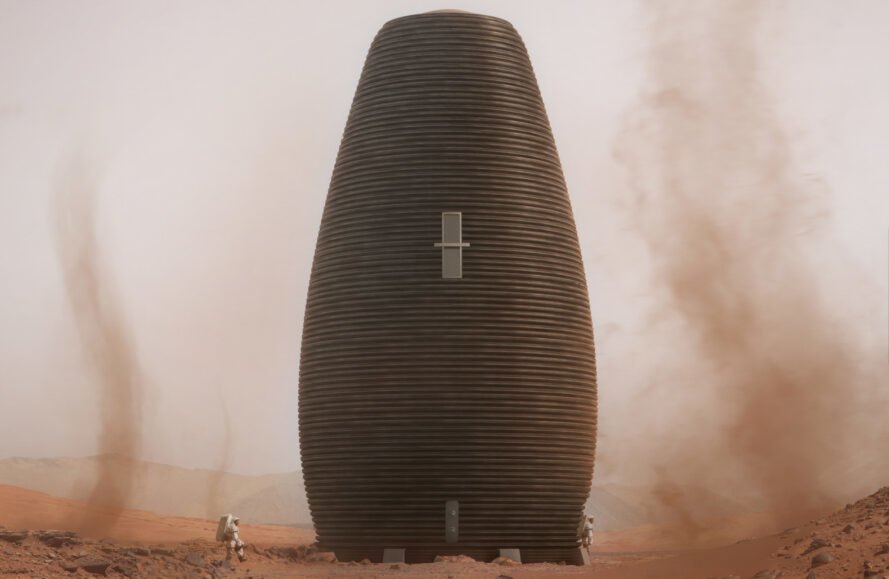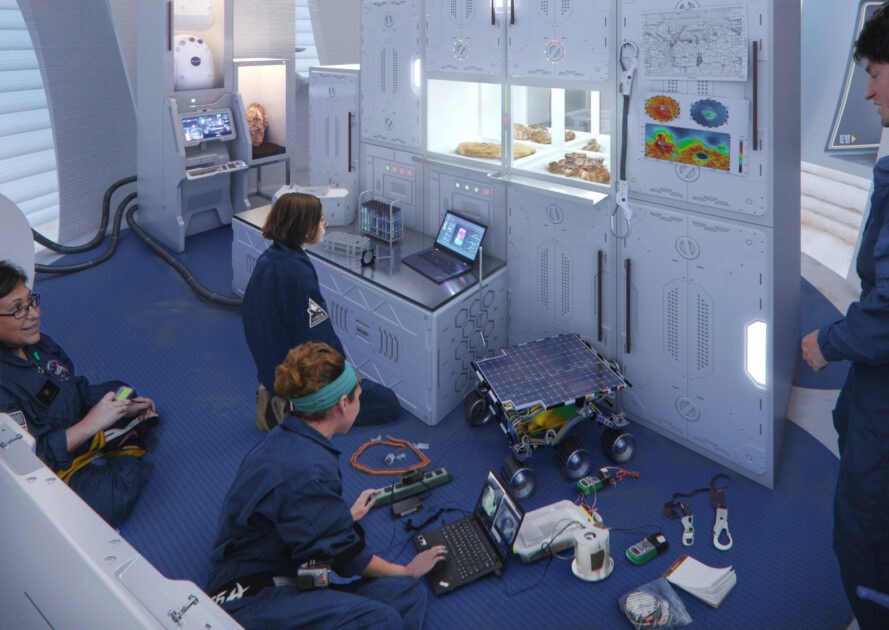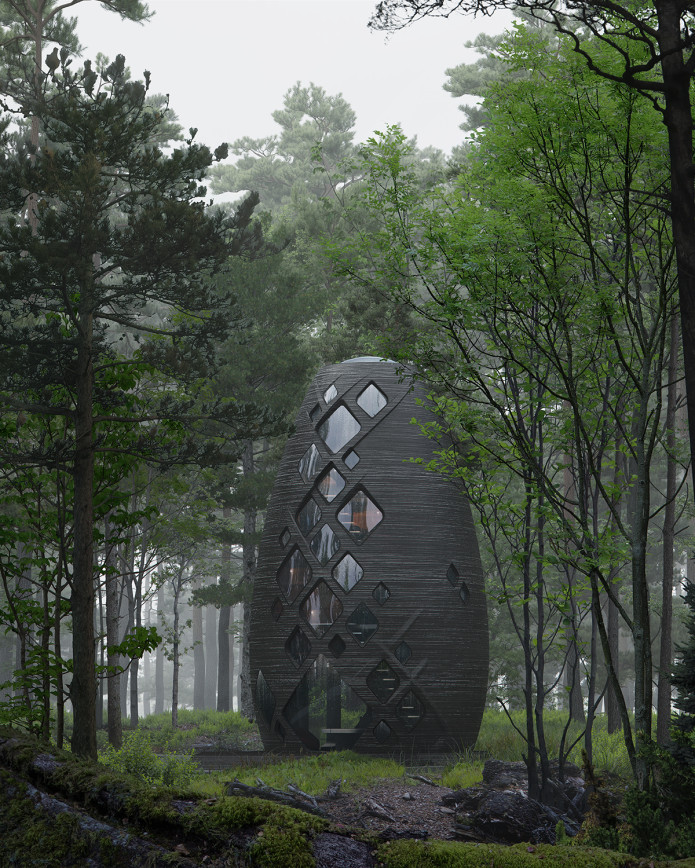We humans have always been fascinated by space exploration. In the past years, there have been numerous programs and studies on how we can live on Mars. As part of these initiatives, NASA launched the Centennial Challenge which aims to seek for sustainable housing concepts for exploring deep space, including the moon and Mars.
New York-based company AI Space Factory triumphs over the 60 participants of NASA’s Centennial Challenge with MARSHA, a 3D-printed habitat that can be used as housing in Mars. AI Space Factory designed MARSHA with Mars in consideration, but the housing concept is potentially compatible with other extraterrestrial objects as well.
For reigning supreme, AI Space Factory took home a whopping $500,000.
Out of the box
Typical Martial housing designs feature low-lying domes or buried structures. These designs are created to combat Martian gravity and to protect from harsh elements outside such as strong winds or storms.
From our partners:
MARSHA was instead designed to go against Mars’ atmospheric pressure as well as structural stresses. In order to pull this off, a vertical design was implemented.
Sustainable and sturdy
This slim structure was created from basalt fibres taken from Martian rocks combined with a renewable and plant-based bioplastic. This material is really strong, even stronger than steel-reinforced concrete.
It managed to withstand all of NASA’s pressure, smoke, and impact tests. This means that this structure will stand proud against Martian dust storms.
Human-centric
MARSHA was made not only to survive the harsh Martian environment. It was also designed to become a comfortable living quarters for humans.
MARSHA features an interior consisting of several floors that promote a healthy environment for its inhabitants. There is a space for indoor gardening. There are spaces for social, work, and private functions. MARSHA was built to be suitable even for families.
To prevent the feeling of isolation, MARSHA also features a circadian diffused light. This lighting attempts to mimic the lighting here on Earth.
Closer than you think
Now, this sounds like a dream home. If you want to experience living in a home like MARSHA, then there’s good news for you. AI Space Factory announced that they will adapt MARSHA in TERA. Using space-grade technology, the company will design the first eco-habitat here on Earth.
A breakthrough
We do not need to wait to leave the Earth for us to benefit from MARSHA. With this design, a sustainable way of building structures was unveiled — one that doesn’t compromise structural resilience. This is a wake-up call for us to discover more ways to live on our planet more sustainably.



















